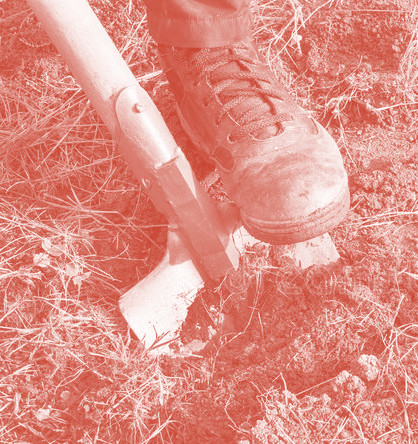Asbestos checks expand
 Asbestos contamination concerns widen in New South Wales, with additional sites, including schools and hospitals, now under scrutiny.
Asbestos contamination concerns widen in New South Wales, with additional sites, including schools and hospitals, now under scrutiny.
The latest findings include both friable and bonded asbestos in mulch used across various locations, raising alarms over public health and safety.
Bicentennial Park, located on the Glebe foreshore in inner Sydney, is among the newly confirmed sites, with one sample revealing the presence of the more hazardous friable asbestos. This follows a similar discovery at a park in Surry Hills.
The NSW Environmental Protection Agency (EPA) says the area has been secured and further detailed analysis is pending.
St Benedict’s Catholic College and St Justin’s Catholic Parish Primary School in Oran Park, west of Sydney, are undergoing tests after the nearby St Mary Mackillop Catholic Parish reported bonded asbestos in its mulch.
“Mulch has only been identified on Parish property, but precautionary testing will be done at both schools,” the EPA said.
Westmead, Sydney Children’s, Hornsby Ku-ring-gai, and Nepean Hospitals join the list of locations undergoing precautionary asbestos testing.
The concern extends to a private aged care facility in St Ives and an industrial area in Rouse Hill, which have been secured following positive asbestos findings.
Sydney's asbestos issue appears to have reached Canberra, with reports saying a potentially contaminated product sold over a nine-month period.
An ACT landscaping business is in the process of contacting customers after confirming the product, sold as “cottage mulch,” originated from Sydney’s Greenlife Resource Recovery.
The ACT Environment Protection Authority has taken steps to halt further sales, though no positive results have been reported in the ACT yet.
The total count of contaminated sites has risen to 47 since the initial discovery at Rozelle Parklands in January.
The NSW EPA is investigating the supply chain, with Greenlife Resource Recovery at the centre of the inquiry. Tony Chappel, the agency chief, has urged caution against premature blame.
Despite the widespread concern, experts stress the risk to public health remains low. Professor Bernard Stewart has highlighted the comparatively minor risk posed by the contaminated mulch, while noting the importance of addressing community concerns and potential future litigation.







 Print
Print